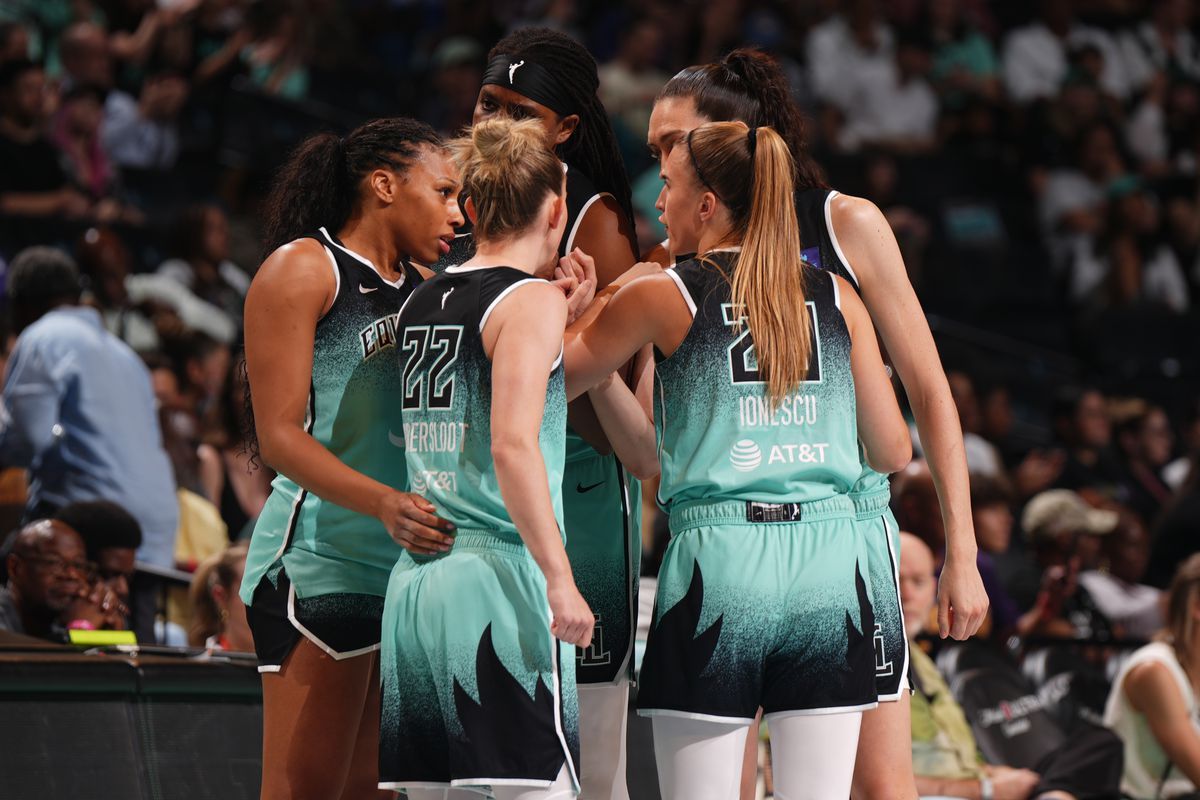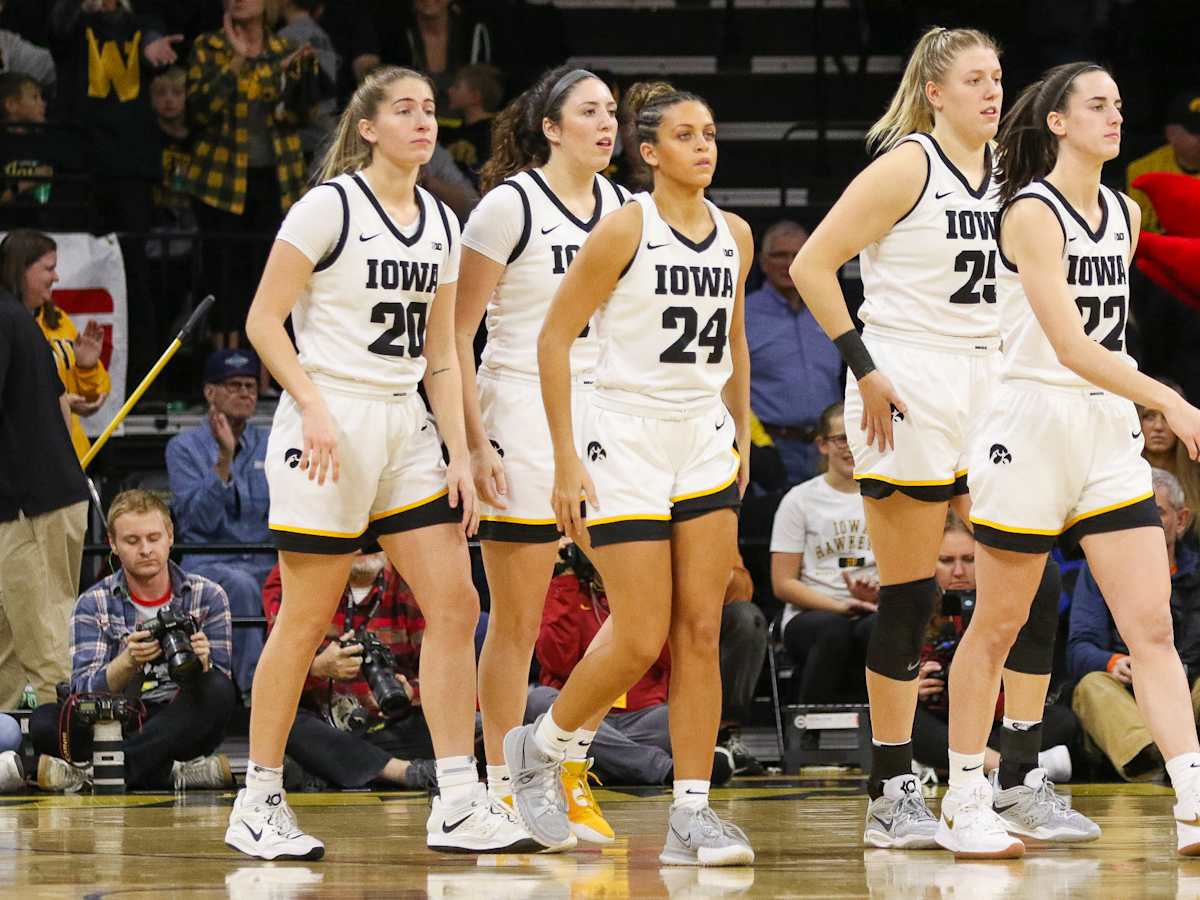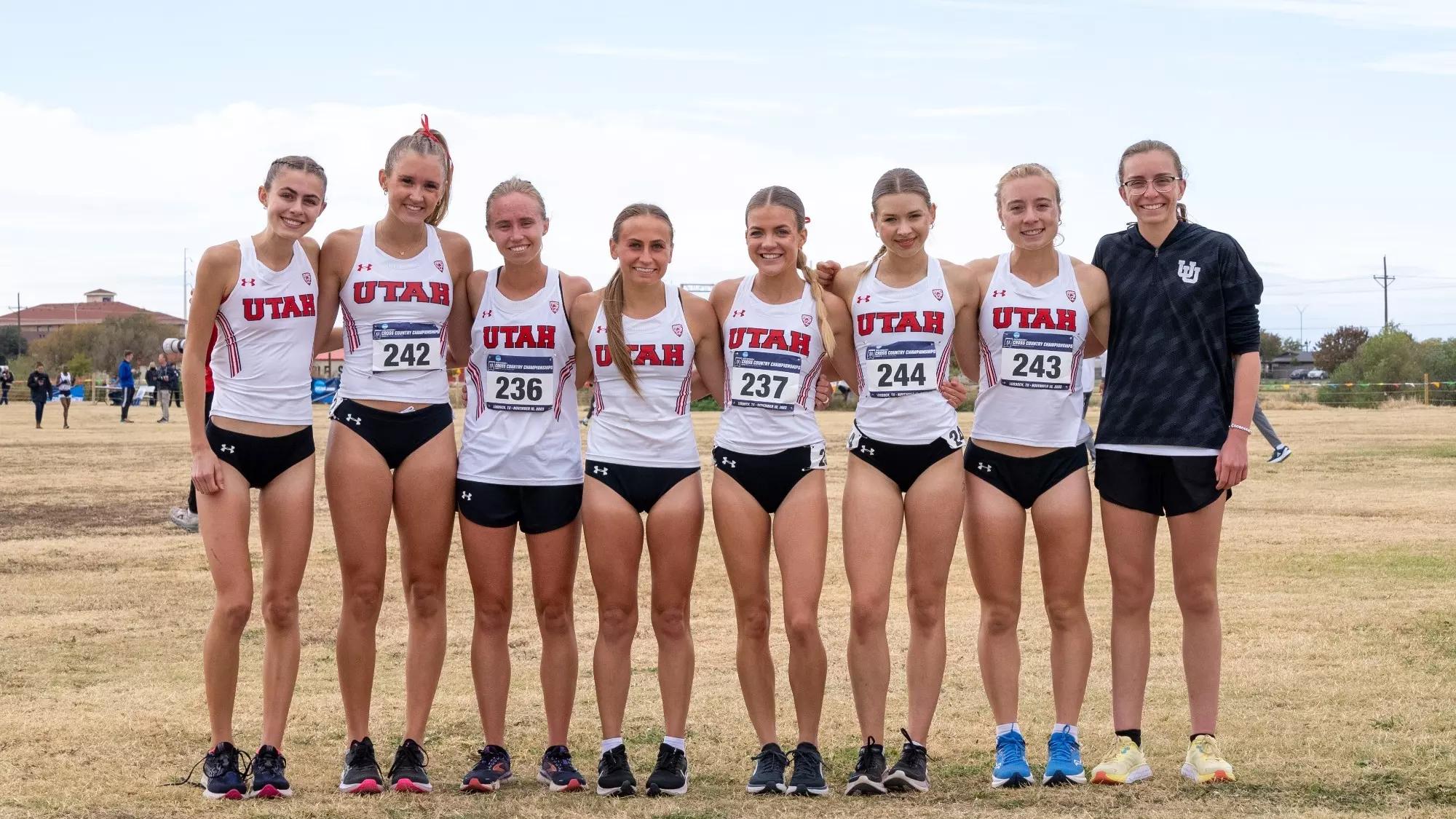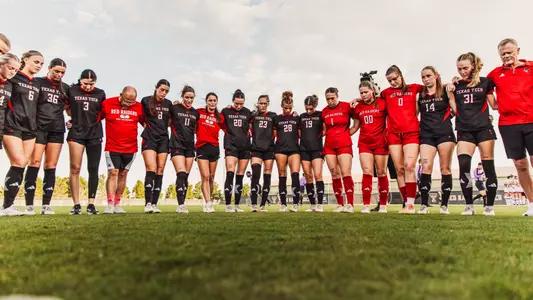Making uniforms a form of self-expression
Professional athletes use fashion to perform well and feel good, while college athletes get left behind.
Professionals drive change for comfort and style
For many female athletes, game day magic coincides with self-expression. Track stars no longer feel the need to wear “buns,” white shorts are no longer required on team uniforms or traditional events like Wimbledon, and players like Serena Williams can even wear a tutu at the US Open. The female athletes who led the way in changing the norms around uniforms – like Williams, gymnast Simone Biles, and sprinter Allyson Felix – were motivated by the mistreatment and dysfunction of sponsors. While a soft revolution around women’s uniforms is certainly taking place, that momentum has not quite trickled down to the college level, where many female athletes feel that their uniforms continue to constrict them.
Attire for female athletes has undergone a major transformation in the past ten years because of three specific reasons – mistreatment by major companies, a desire to assuage period anxiety, and self-expression. As Surface Magazine reported, Felix and Biles, some of the US’s most decorated female athletes, left Nike to collaborate with Athleta because Nike failed to respond appropriately to their needs as both women and athletes and, in Felix’s case, as a mother. Additionally, female athletes long desired the freedom not to wear white, as required by many elite tournaments like Wimbledon, to relieve period anxiety and instead focus their clothing choices on what optimizes their performance. This is not dissimilar to the third and most crucial reason behind the changes. Vanessa Friedman of the New York Times wrote, “the fight to wear what [female athletes] want is really a fight about the right to decide for oneself what it takes to succeed.” What Biles, Felix, the women of the Women’s Tennis Association, and countless other female athletes have in common is their desire to dress themselves in clothes that can optimize their ability to compete and win.

And, what each of these women need might be something different, and teams are taking notice. Take, for example, the New York Liberty. There is no one standard length for their shorts; members of the team can have their shorts tailored to their personal preference. Uniforms for track and field athletes are loosening traditional restrictions to meet the needs of individual athletes, as well. “I did not realize how much I did not like having my stomach on show until I had a functional and valid option to change it,” British sprinter Dina Asher-Smith told the New York Times. Since 2023, Asher-Smith has chosen to run in a leotard-style uniform instead of the traditional, revealing “buns” women runners are expected to wear.
Lack of self-expression at the college level
Thanks to the massive progress of the past ten years, if you’re a successful professional female athlete today, you likely have the option to dress how you want for your competitions, considering your performance, your health, and anything else that matters to you. And if you win enough, you might get your own brand deal to design these outfits, too. But at the collegiate level, even with the introduction of NIL deals and the increased agency student-athletes have over their careers, uniforms for female athletes have yet to catch up completely.
The reasons why

For starters, most colleges have partnerships with Nike, Adidas, and Under Armour. While these outfitters are some of the biggest in the world, with the resources to outfit athletes of all shapes and sizes, they are also the same companies that Biles, Felix, and other female athletes departed from when they felt they couldn’t respond to the needs of female athletes. These companies have since made adjustments to connect with female athletes. Smaller brands like Athleta and Tracksmith, which have a better track record of supporting the varying needs of female athletes, have yet to crack open the college market.
The lack of innovative opportunities for female athletes to outfit themselves at the collegiate level may be affecting both the performances and the mental health of some of these athletes. A study from the Fashion and Textiles section of the SpringerOpen International Journal of Interdisciplinary Research observed the connections between female college athletes’ apparel and their reflections on their body image. The study found that “many volleyball players, rowers, and track athletes are discontented with their uniforms” because they “prevent optimal functionality … and get in the way of athletes performing at their best.” The study also found that “body image in athletic uniforms is closely related to garment fit." Many athletes, especially cross country runners and rowing coxswains, experience pressure to present as “lean and light” in their uniforms.

These sentiments were echoed somewhat by Colleen Finney, a volleyball player who played at Clemson University for three years and at the University of Missouri for two. In a conversation with 5wins, Finney expressed her gratitude for having “cool” jerseys at both universities. For the most part, she found her uniforms to be functional and said they didn’t usually get in the way of her success as an athlete. One frustration that Finney mentioned, however, was a “skin-tight” uniform at Clemson. As she explained to 5wins, she didn’t always feel comfortable in the uniform and found herself frequently readjusting her shirt, conscious of the way it made her look. She wanted to focus on her game, but ultimately, the uniform occasionally got in the way.
Sam Courtwright, a soccer player at Texas Tech University, also shared the same feeling. In a conversation with 5wins, she also described that, though she and her teammates do like their uniforms, she also doesn’t understand why women’s uniforms are often so tight. Courtwright described how, for a soccer player, a baggy jersey wouldn’t necessarily be a better option, as it would offer more material for an opponent to grab onto during a match; however, there should be a common ground between skin-tight and loose, she maintained.

The good news: Trends are changing
Women’s sports are exploding at every level, and female athletes' exponentially growing confidence is often strong enough to overcome the discomfort or insecurities motivated by poorly made uniforms. Per the SpringerOpen study, despite some athletes’ discomfort in their uniforms, the “majority of the participants stated their ability to ignore these insecurities while performing in their sport.” Female athletes who participated in the study widely believed that “performing athletically well is of greater importance than their physical appearance.” That these women largely feel confident in their sports and their uniforms is a testament to the thriving culture of women’s sports today; however, good enough is not the goal. The first female college athlete to break from the traditional brands and usher in a new era of female-focused college uniforms can’t be far.
